Due to a recent layoff I got bombarded to azure admin out of the blue. I am pretty new to this and haven't yet got the chance to follow an admin course.
Facing the following issue: We host a couple of websites on an Azure Windows Server VM running IIS. These are accessible through an application gateway with a public IP. I was asked to add two new listeners for a new part of the website. I created the appropriate targeting in the backend pool, created http and https settings and added the listeners and Rules. However, when browsing to the site, it throws a 502 error and when i check the backend health, it gives below error.
Cannot connect to backend server. Check whether any NSG/UDR/Firewall is blocking access to server. Check if application is running on correct port.
I opened up the appropriate inbound ports on the NSG of the AZ Web interface on the VM and also on the local firewall of the server hosting IIS. AFAIK there are no additional NSG rules on the application gateway.
What am i missing here? :s
